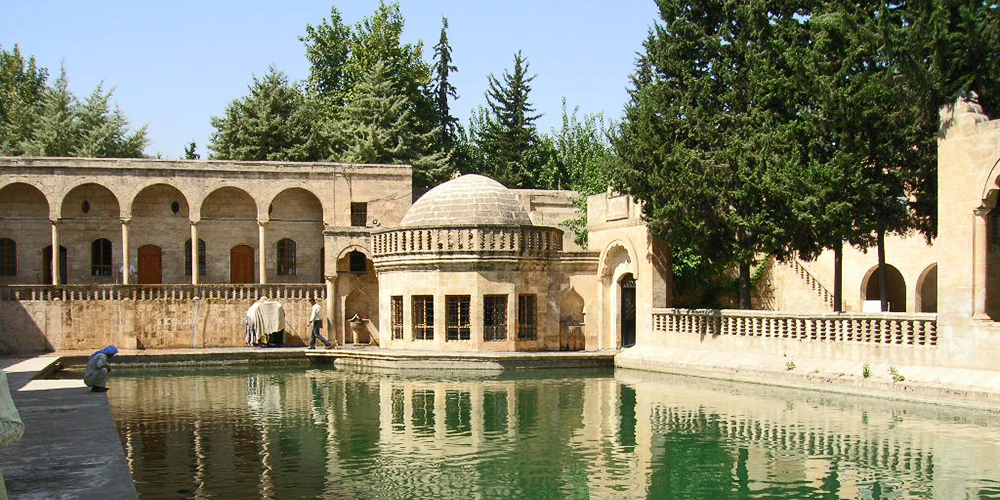The history of Sanliurfa dates back to the Paleolithic Ages. The city and its surrounding region has gone through many dominations including; Sumer, Akkadian, Hittites, Babylonia, Chaldea, Hurrians, Mitanni, Aram, Assyria, Medians and the Persian Empires. Urfa was referred to as Ursu in Hittites’ documents in 2000 BC and as Ru’ua in Assyrian documents. Former names of the city before Şanlıurfa include; Ur, Ur of Kalde, Ur of Harran, Orhei, Orhay, Vurhai, Edessa, Diyar-ı Mudar, Ruha, Reha and Urfa.
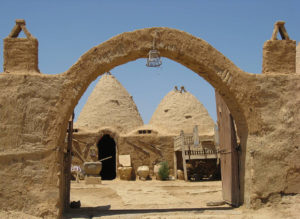 |
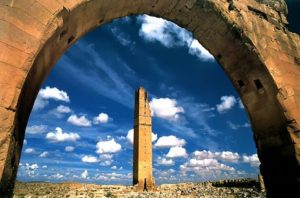 |
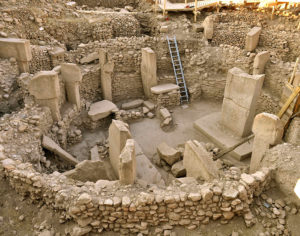 |
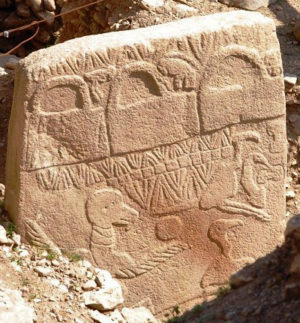 |
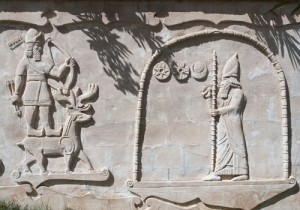 |
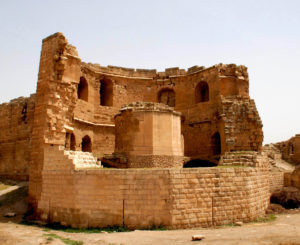 |
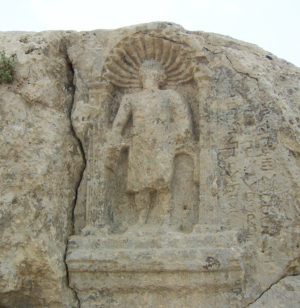 |
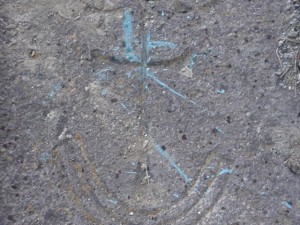 |
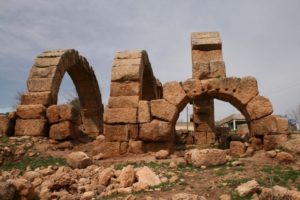 |
Alexander the Great invaded Urfa on his Persian Conquest in 332 BC. This invasion was later overturned by Osroene (Edessa) Kingdom in 132 BC. The Osroene Kingdom period, which lasted until 250 AD, played a significant role in Christianity. It is also known that Abgar V. of Edessa (Black Abgar) accepted Christianity as an official religion for his kingdom (one of the first kingdoms which did so), and then further corresponded with Jesus Christ for inviting and spreading the religion to the region. In return Jesus Christ sent a letter to Abgar Ukomo and also a towel expressing his blessing for the city. After wiping his face with the towel (The Medallion), a portrait of his face miraculously appeared on the towel. This phenomenon helped make Urfa a present day holy land for Christians. It’s believed that the holy towel has been protecting city for years. In 944 AD, eastern commander of the Byzantine Empire John Kourkouas invaded Urfa, obtained the towel and brought it back to Istanbul with a glorious ceremony.
After the acceptance of Christianity in its early years, Urfa accepted Islam in 639 AD. Until the encirclement of Seljuk Sultan Alp Arslan in 1077, when the land became an independent crusader state or the country of Edessa (1098-1144), Urfa has been a stage for many religious and political acts, Urfa was ruled by Zengi in 1444 and by Saladin in 1182. After the two Mongol Invasions in 1240 and 1250, Urfa was ruined by Hulagu Khan.
Urfa was ruled by Aq Qoyunlu Turcomans in 1404, Safavids in 1514 and at last by the Ottoman Empire in 1517. The British army invaded the city on March 24, 1919 and the French invaded on October 30, 1919. After a strong defense by the citizens of Urfa, the French armies succeed on April 11, 1920.
Was Gobeklitepe a temple?
The eldest temple of the world (yet known) was found at Gobeklitepe- Urfa and is dated back 10 th millenium BC. Gobeklitepe temple complex predates (7,000 years before) the Pyramids of Giza and (6,000 years before) the Stonehenge. The site draws on questioning and rewriting the theory of human evolution.
Why is Şanliurfa named as the City of Prophets?
Prophet Abraham (Ibrahim)
King Nemrut had a dream, in which he loses his kingdom;“This year a child will be born and he will destroy your heathen religion and kingdom…” Upon this dream King Nemrut decided to kill every child born within that year. Nuna, pregnant to Prophet Abraham, hid her pregnancy and gave birth to Abraham in a cave secretly. Prophet Abraham lived in that cave for 7 years furtively. After the age of 7, he was brought back to his father’s house and after growing up he had struggled against the heathen people. He expressed his beliefs that their belief in the different gods was not correct; he repeatedly expressed there is only God who created the universe. Nemrut soon after captured the prophet and threw him into the flames over the Castle of Urfa. At that moment, God ordered that “All the flames! Be cool and safe for Abraham.” As he was thrown the flames turned into water and the logs into fish. Prophet Abraham fell into a rose garden alive. The streams of Halil-ür Rahman and Aynzeliha in which the prophet fell into are now visited by tourists from all around the world. The cave where Prophet Abraham was born is inside the Mevlid-i Halil Mosque near to these streams and is also open to visitors.
Prophet Job (Eyyub)
As the story goes, God had taken all of the children and goods of Prophet Job and then gave him an illness to make prove his loyalty. Worms covered his entire body, as he laid a cave; during this Prophet Job never rebelled against the God. He continued his devotion; waited patiently and thanked god. Because of his patience God then gave him his goods and health back. The cave in which the prophet suffered his illness and the well where he washed himself with the blessed water is currently open to visitors in the Eyyub Peygamber district in Urfa. Prophet Job’s tomb is also located in Eyyub Nebi Village about 20 kilometers outside Urfa. Also on the skirts of the Viranşehir district is mausoleum of Prophet Job, his wife Rahme’s tomb and the location where Prophet Eliseus died.
( Elyasa )
Prophet Eliseus sought to visit Prophet Job however he believed that he was far from Prophet Job was. One day as he set out to take the journey to reach Prophet Job, the devil appeared in front of him, lied to him about the distance and told him that he still had a long journey to reach Prophet Job. Eliseus was very old at that time and prayed to God to take his life away and so he did. Today his tomb is located in Eyyubi Nebi village located in Şanlıurfa, it is just 1 kilometer from the tomb of Prophet Job.
Prophet Shoaib ( Şuayb )
It is believed in that Prophet Shoaib was living in ancient city of Şuayb, located 85 km from eastern Urfa. A cave-house in the ruins of this ancient city is open for visitors as his house.
Prophet Idris (Enoch in Bible) and the Prophet Noah
After the flood, its believed that Noah’s Ark landed in Mount Cudi, located between Urfa and Ceylanpınar. ( Re’sulayn ) This mountain has a strange surface; which looks just like the waves of a sea. The mountain is located in the same place as the ancient cities Soğmatar and Şuayb. It is also thought that the city was established by Prophet Idris (Enoch in Bible) and the Prophet Noah after the flood.
Prophet Moses (Musa)
Prophet Moses’ well and a sign of his staff is located in the ancient city of Soğmatar, currently the area of Soğmatar is known as Yağmurlu Village.
Prophet Lot (Lut)
Prophet Lot, the son of Harran, brother of Prophet Abraham, immigrated with his uncle Abraham to the Sodom, where he was assigned as a prophet. He was born in Urfa and spent his childhood with Prophet Abraham. Prophet Lot lived with Prophet Abraham in the Harran region.
Prophet Jacob (Yakup)
It is thought that he lived in a building called Deyr Yakup (The Throne of Nemrud) in the eastern of Urfa, about 10 kilometers outside the city.

